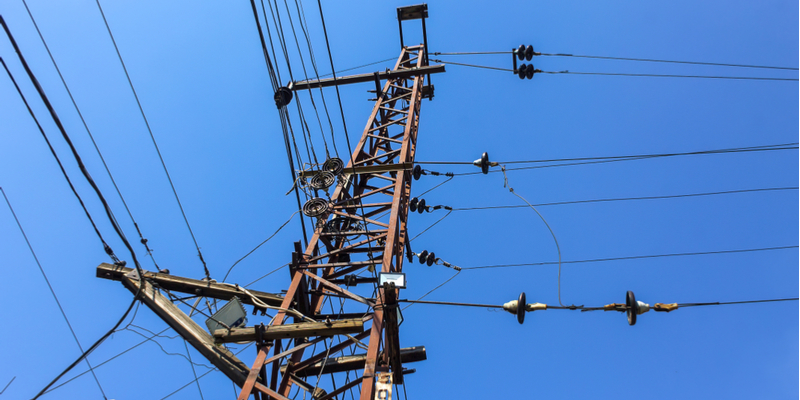Distributed Antenna Systems (DAS) are networks that enhance communication in areas that do not have good coverage. For instance, a large building in a densely urban area, or a sweeping outdoor venue. Depending on the set up of the system, they can be used to enhance mobile and/or radio device signals. For the most part, it is a three-part system that consists of:
A Donor Antenna System: usually placed on top of your building’s roof and positioned towards the nearest communication tower. It brings signals in and out of the building. A Bi-Directional Amplifier: takes incoming signals from the donor antenna and amplifies them throughout the building. Receives signals from inside of the building and transmits them out to the donor antenna. The Distributed Antenna System: an interconnected web of coaxial cable, power dividers, and splitters, as well as ceiling-mounted antennas, and fiber in some cases. This creates the path for signals moving to and from the BDA.
Far from one-size-fits-all, a DAS is typically designed to the unique requirements and specifications of a space or building. Indoor systems are known as iDAS and outdoor systems are known as oDAS. Not only does a DAS help improve daily productivity, it can be lifesaving in an emergency by allowing a consistent flow of communication between people, as well as First Responders.
4 Signs Your Venue or Building Will Benefit From a DAS
So, how do you know if your building or venue could benefit from implementing a DAS? Here are some key signs to look out for.
#1. You drop calls frequently – If cell phone calls and radio signals frequently drop inside of a building, a DAS may offer the appropriate solution. It is common for certain floors of a building to get better reception than others. If you must find a certain window on X floor to get okay service, it’s time to consider adding a DAS.
#2. People go outside the building to make calls – If everyone in the building resorts to huddling around the lobby or outside the building to make a call, efficiency could be improved with a DAS.
#3. Messages are difficult to send – Multimedia messages take more service to send and may be close to impossible to send or receive when inside of a building that needs a cellular repeater or DAS.
#4. You do not meet local regulations for First Responder communication – It’s imperative that First Responders can communicate in an emergency from all points of your building. A lack of radio signal can impair this from happening and lead to dire consequences.
Benefits of Adding a DAS
- Improve wireless or radio coverage in an area that otherwise has poor signal or coverage
- Enjoy fewer coverage gaps than other systems can offer
- Provides greater coverage while using less overall power
- Greater safety to the public, including people who work and live in a space, as well as First Responders in an emergency.
- Increases productivity by making in-building communication easier and more reliable.
- Enables consistent communication across crowded venues, thus enhancing public safety, security, and helping events run smoother.
Still unsure if you could benefit from the addition of a DAS? Contact Highland Wireless today! We offer free pre-testing of signal strength as well as site surveys.
SOURCES:
5 Signs You May Need an In-building Cellular Repeater System (DAS)
https://www.radio-electronics.com/info/antennas/das-distributed-antenna-systems/basics-tutorial.php

